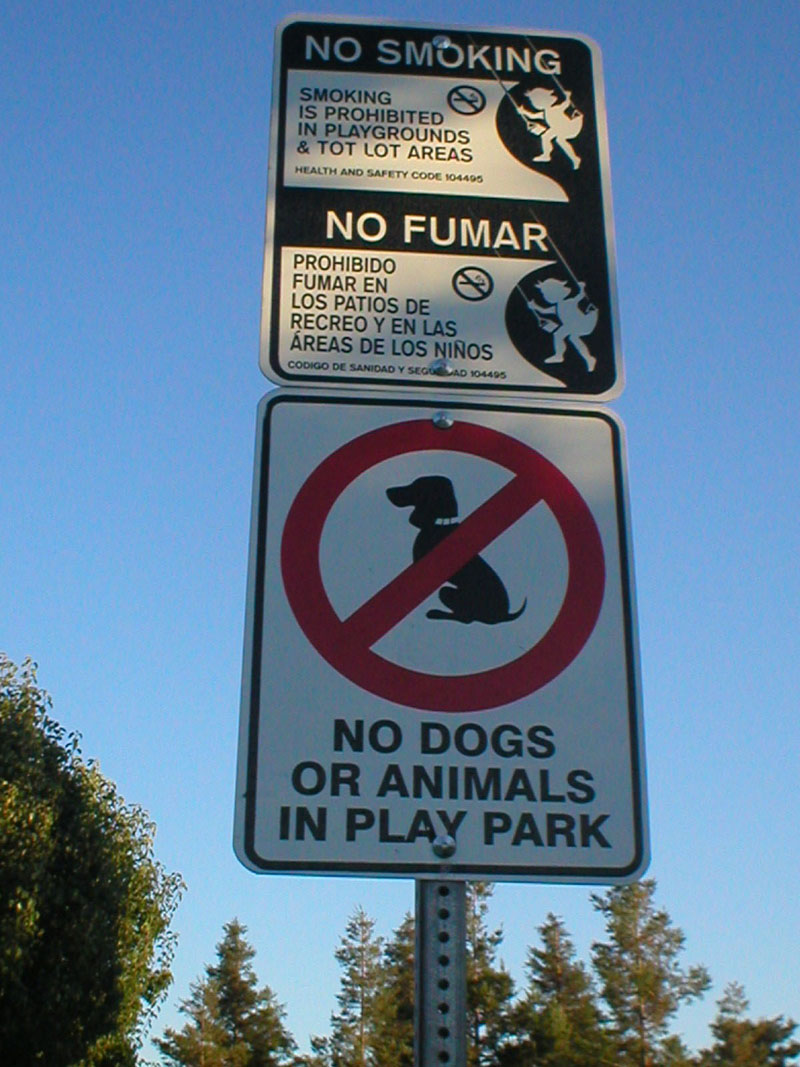Socialization
- Socialization refers to the lifelong process of inheriting and disseminating norms, customs, and ideologies, providing an individual with the skills and habits necessary for participating within their own society.
- Primary socialization occurs during childhood and is when a child learns the attitudes, values and actions appropriate to individuals as members of a particular culture.
- Secondary socialization refers to the process of learning what is the appropriate behavior as a member of a smaller group within the larger society.
- Anticipatory socialization refers to the processes of socialization in which a person rehearses for future positions, occupations, and social relationships.
- Resocialization refers to the process of discarding former behavior patterns and reflexes, accepting new ones as part of a transition in one's life.
- Norms are collective representations of acceptable group conduct as well as individual perceptions of particular group conduct.
- Mores refer to social norms that are widely observed and are considered to have greater moral significance than others.
- A taboo is a vehement prohibition of an action based on the belief that such behavior is either too sacred or too accursed for ordinary individuals to undertake, under threat of supernatural punishment.
- Deviance describes an action or behavior that violates social norms, including a formally enacted rule (e.g., crime), as well as informal violations of social norms (e.g., rejecting folkways and mores).
- Social stigma is the extreme disapproval of (or discontent with) a person or group on socially characteristic grounds that are perceived, and serve to distinguish them, from other members of a society.
- Social control measures are measures intended to prevent, limit, punish or stigmatize behavior considered undesirable by those imposing the measures.
- Conformity is the act of matching attitudes, beliefs, and behaviors to group norms. Norms are implicit, unsaid rules, shared by a group of individuals, that guide their interactions with others.
- Compliance is public conformity, while possibly keeping one's own original beliefs for yourself. It is motivated by the need for approval and the fear of being rejected.
- Identification is conforming to someone who is liked and respected, such as a celebrity or a favorite uncle. This can be motivated by the attractiveness of the source, and this is a deeper type of conformism than compliance.
- Internalization is accepting the belief or behavior and conforming both publicly and privately, if the source is credible. It is the deepest influence on people and it will affect them for a long time.
- Labeling theory is the theory of how the self-identity and behavior of individuals may be determined or influenced by the terms used to describe or classify them. It is associated with the concepts of self-fulfilling prophecy and stereotyping.
- In criminology, differential association is a theory proposing that through interaction with others, individuals learn the values, attitudes, techniques, and motives for criminal behavior.

